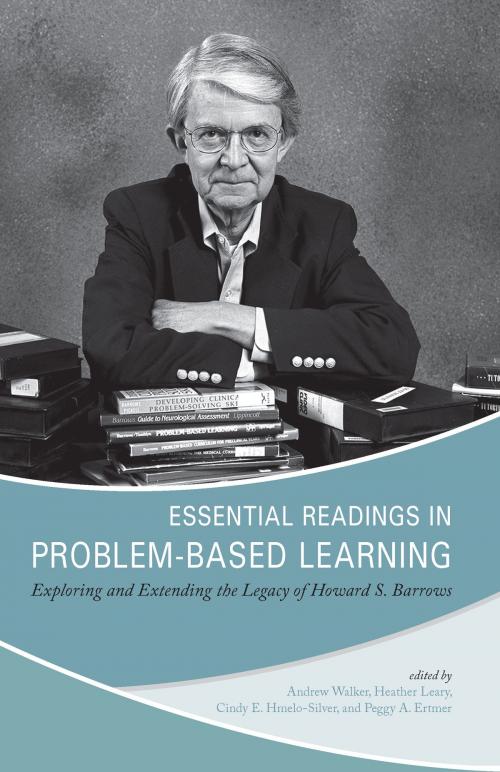Essential Readings in Problem-Based Learning
Exploring and Extending the Legacy of Howard S. Barrows
Nonfiction, Reference & Language, Education & Teaching, Non-Formal Education, Educational Theory, Philosophy & Social Aspects, Teaching, Teaching Methods| Author: | ISBN: | 9781612493688 | |
| Publisher: | Purdue University Press | Publication: | January 15, 2015 |
| Imprint: | Purdue University Press | Language: | English |
| Author: | |
| ISBN: | 9781612493688 |
| Publisher: | Purdue University Press |
| Publication: | January 15, 2015 |
| Imprint: | Purdue University Press |
| Language: | English |
Like most good educational interventions, problem-based learning (PBL) did not grow out of theory, but out of a practical problem. Medical students were bored, dropping out, and unable to apply what they had learned in lectures to their practical experiences a couple of years later. Neurologist Howard S. Barrows reversed the sequence, presenting students with patient problems to solve in small groups and requiring them to seek relevant knowledge in an effort to solve those problems. Out of his work, PBL was born. The application of PBL approaches has now spread far beyond medical education. Today, PBL is used at levels from elementary school to adult education, in disciplines ranging across the humanities and sciences, and in both academic and corporate settings. This book aims to take stock of developments in the field and to bridge the gap between practice and the theoretical tradition, originated by Barrows, that underlies PBL techniques.
Like most good educational interventions, problem-based learning (PBL) did not grow out of theory, but out of a practical problem. Medical students were bored, dropping out, and unable to apply what they had learned in lectures to their practical experiences a couple of years later. Neurologist Howard S. Barrows reversed the sequence, presenting students with patient problems to solve in small groups and requiring them to seek relevant knowledge in an effort to solve those problems. Out of his work, PBL was born. The application of PBL approaches has now spread far beyond medical education. Today, PBL is used at levels from elementary school to adult education, in disciplines ranging across the humanities and sciences, and in both academic and corporate settings. This book aims to take stock of developments in the field and to bridge the gap between practice and the theoretical tradition, originated by Barrows, that underlies PBL techniques.















